Last updated on May 18, 2025
In a world where art becomes a weapon and suffering is an ever-present narrative thread, Clair Obscur: Expedition 33 wears its inspirations on its sleeve, but does not copy them-it transforms them. Developed by the French studio Sandfall, the game is a solemn ode to classic Japanese RPGs, yet it is also a creation that breathes with its own emotions, style, and vision.
Lumiere, the pictorial and tragic universe of the game, is dominated by a metaphysical threat: The Paintress, a semi-divine being who annually determines the age at which people disappear into oblivion. This “countdown of death” becomes the driving force behind a desperate struggle for survival. The player takes command of an expedition, the 33rd, tasked with ending this cycle at the certain risk of disappearance.
A turn-based combat system that thrives on reflex and rhythm
One of the greatest achievements of the game is its combat system, a turn-based gem that combines the aesthetics of Persona, the reflexes from Mario RPG, and the rhythmic tension of Sekiro. Precise button presses during skills or to dodge enemy attacks turn each round into a razor’s-edge dance.
Each character is built with unique mechanics: Gustave accumulates energy for devastating strikes, Lune combines elements to cast increasingly powerful spells, and Maelle juggles stances to maximize damage. There’s also Sciel, a refined blend of astrologer and gothic nightmare, who adds an extra strategic layer through card management and balancing light and darkness. And the late-game characters (which are best discovered on your own) push the limits even further, with systems reminiscent of Devil May Cry.
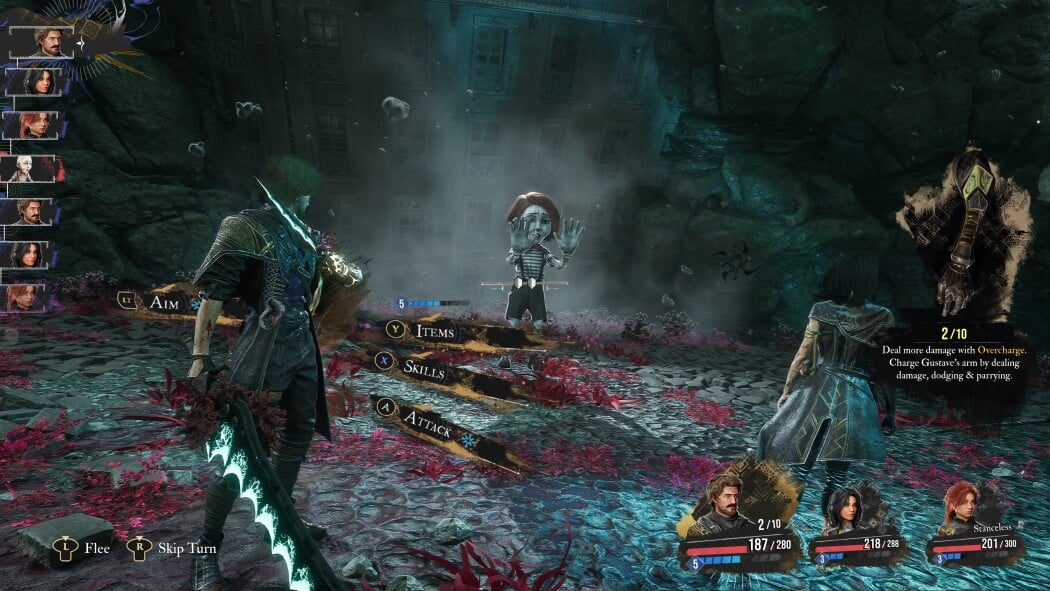
These mechanics interconnect in a delicate balance that demands adaptation, attention to detail, and a healthy dose of creativity in team building. The Pictos and Lumina systems add a layer of strategic customization, offering bonuses and modifications that can fundamentally change your approach to combat-if you have the patience to navigate the dozens of options in a somewhat crowded UI.
Classic exploration, modern charm
The world’s structure brings a retro yet charming vibe: an oversized map, hidden locations, optional enemies, and traversal methods that unlock gradually, reminiscent of the golden days of Final Fantasy VI or Chrono Trigger. Mini-games, superbosses, and well-hidden treasures can extend your experience by up to 25 additional hours beyond the main campaign.
The dungeons are relatively linear, but every nook and cranny rewards curiosity. The absence of a quest log or minimap can sometimes make navigation frustrating, but perhaps this very lack enhances the feeling of unknown adventure, just like in the old days.
A theatrical tragedy told with sincerity
What remains in the player’s heart, however, is the story. Clair Obscur does not shy away from heavy themes-death, grief, sacrifice, trauma passed down through generations-but explores them with a rare delicacy. At times, it can be melodramatic, but it is always sincere. The tone is not Hollywood, but theatrical, almost Shakespearean, and the direction of the scenes, the impeccable voice acting, and the subtlety of the gestures say more than a thousand words.
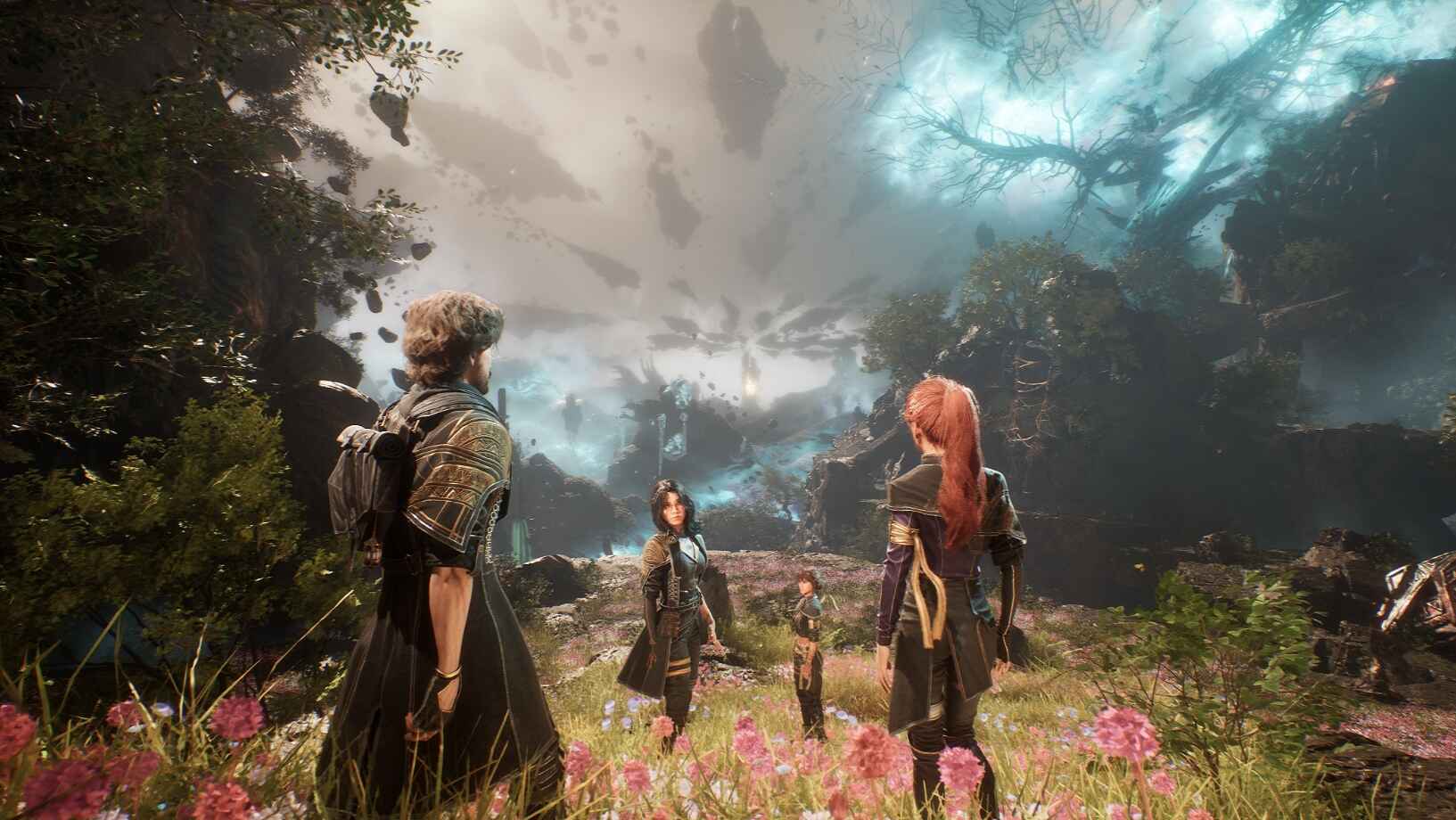
There are moments when the game would have benefited from a more extensive development of certain narrative threads. The ending, in particular, sometimes feels rushed, with shifts in tone that can leave gaps in the story’s coherence. Nevertheless, the emotional impact remains-especially through the way art, music, theater, and painting become mechanisms for processing pain.
Music – a symphony of contrasts
The soundtrack is, without a doubt, a defining element. Every battle is accompanied by an electrifying composition, while quiet moments are wrapped in lyrical choirs or quartet passages that feel lifted from a modern opera. It’s a blend of genres: from symphonic rock to ambient synth, from lyrical arias to haunting waltzes. Rarely has a soundtrack been so dense, so vibrant-another reason why Clair Obscur will stay with you long after you’ve turned off the console.
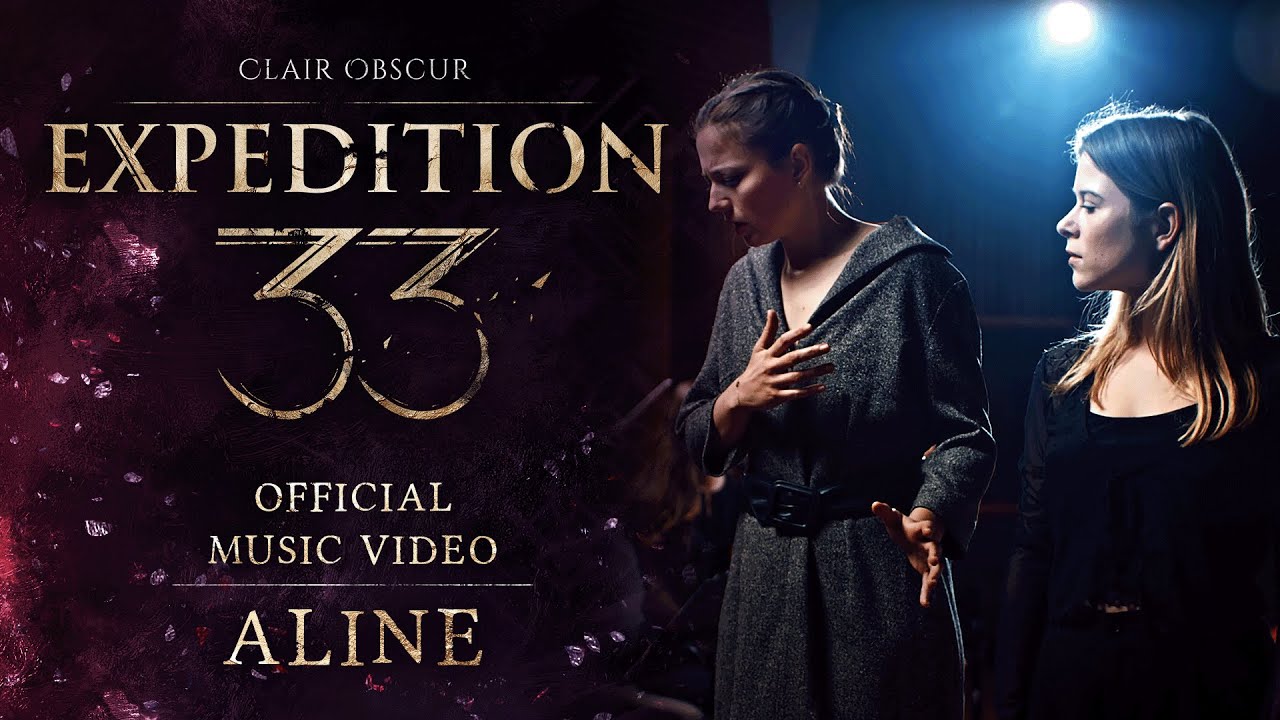
Conclusion
Clair Obscur: Expedition 33 is, at its core, an interactive poem about endings and renewal. It’s an RPG with an old soul and a modern body, featuring an excellent combat system and a world painted in shades of melancholy and hope. The game has its imperfections – a rushed story towards the end, a crowded UI, moments of slightly exaggerated drama – but all of these fade in comparison to the courage with which it embraces its artistic identity.
Whether it’s the atmosphere, the music, or the graphic style, this game draws you into its immersive universe-and that is a true pleasure.
Final review score for Clair Obscur: Expedition 33: 8.5/10
A remarkable, artistic, and emotional turn-based RPG that embraces its influences and transforms them into a unique experience.


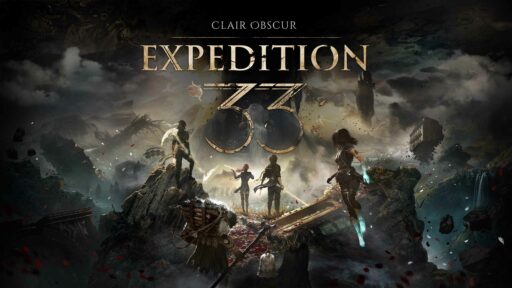
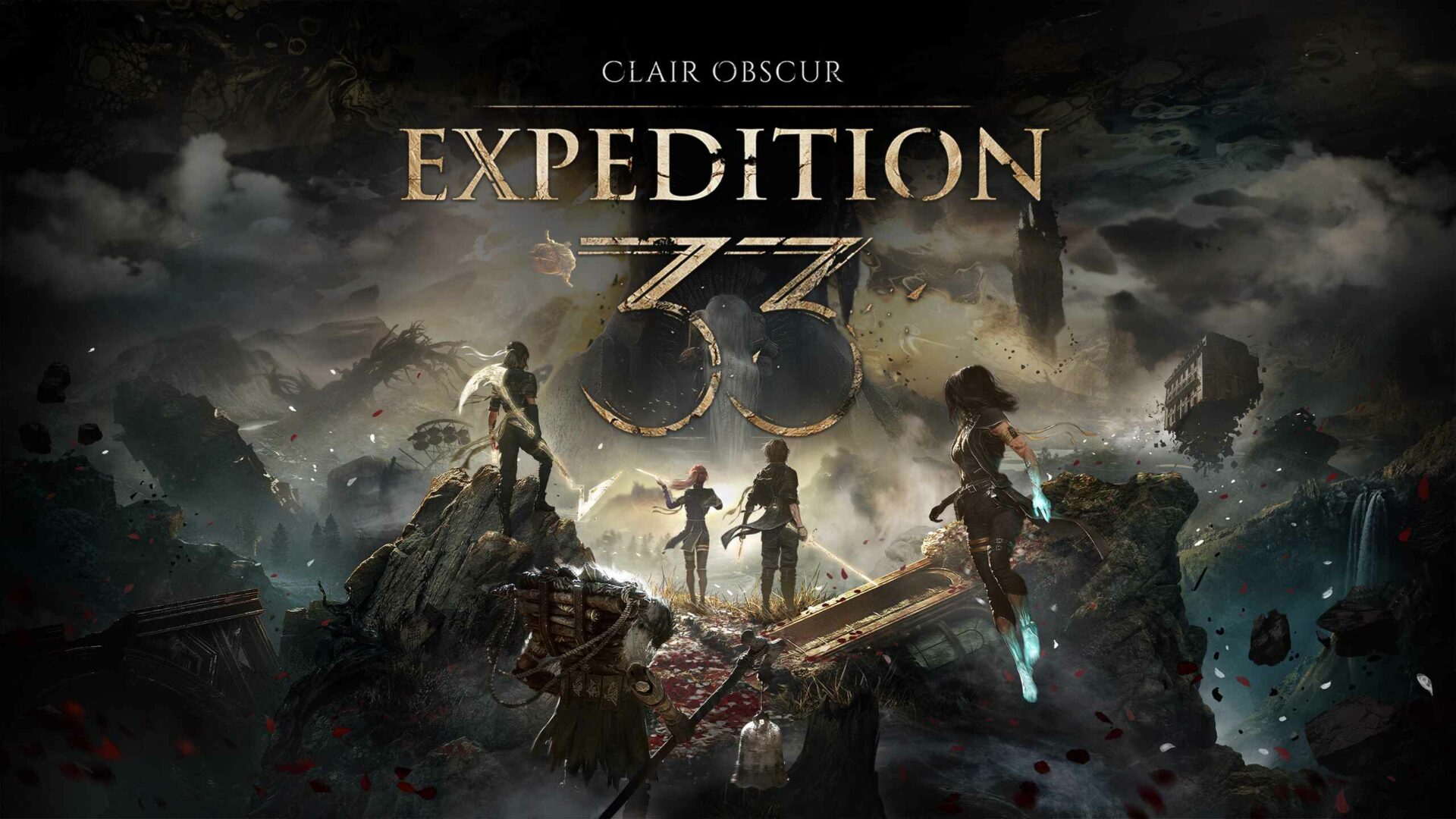
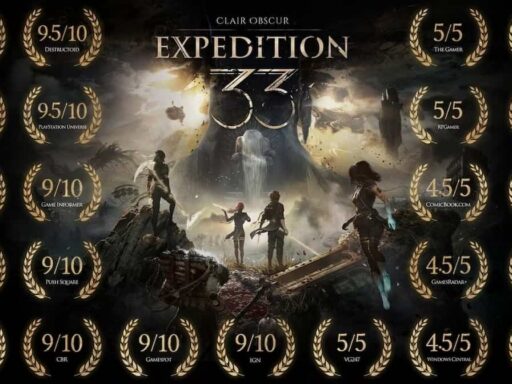
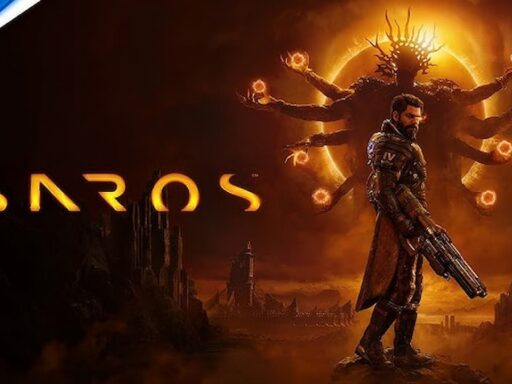
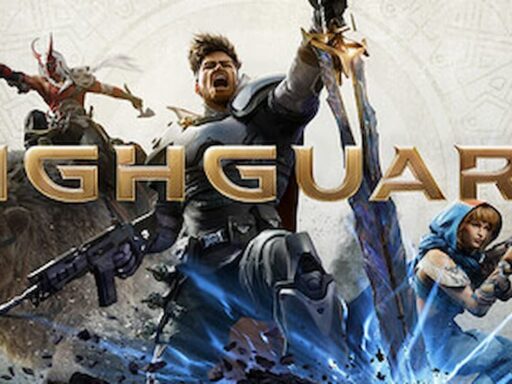
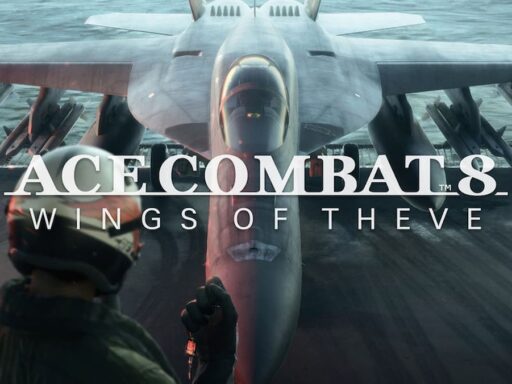
Played and finished Expedition 33 and I can only say that this review is perfect, it really mentions all the points that make this game awesome, as a whole it is one of the best games I ever played, never before I had clapped to my guys once combat was finished, because it was our team work, turn based but I helped with the keyboard. I can recommend people to play it enough, only for the music it is already worthy
I have recently bought Clair Obscur: Expedition 33 and I’ve just only finished act 1 but wow. It is such a great game, its hard to believe that only 30~ people worked on a game like this. It’s a phenomonal game, the story, the art direction, the gameplay, the combat. All of it is amazing. I highly recommend this game to anyone